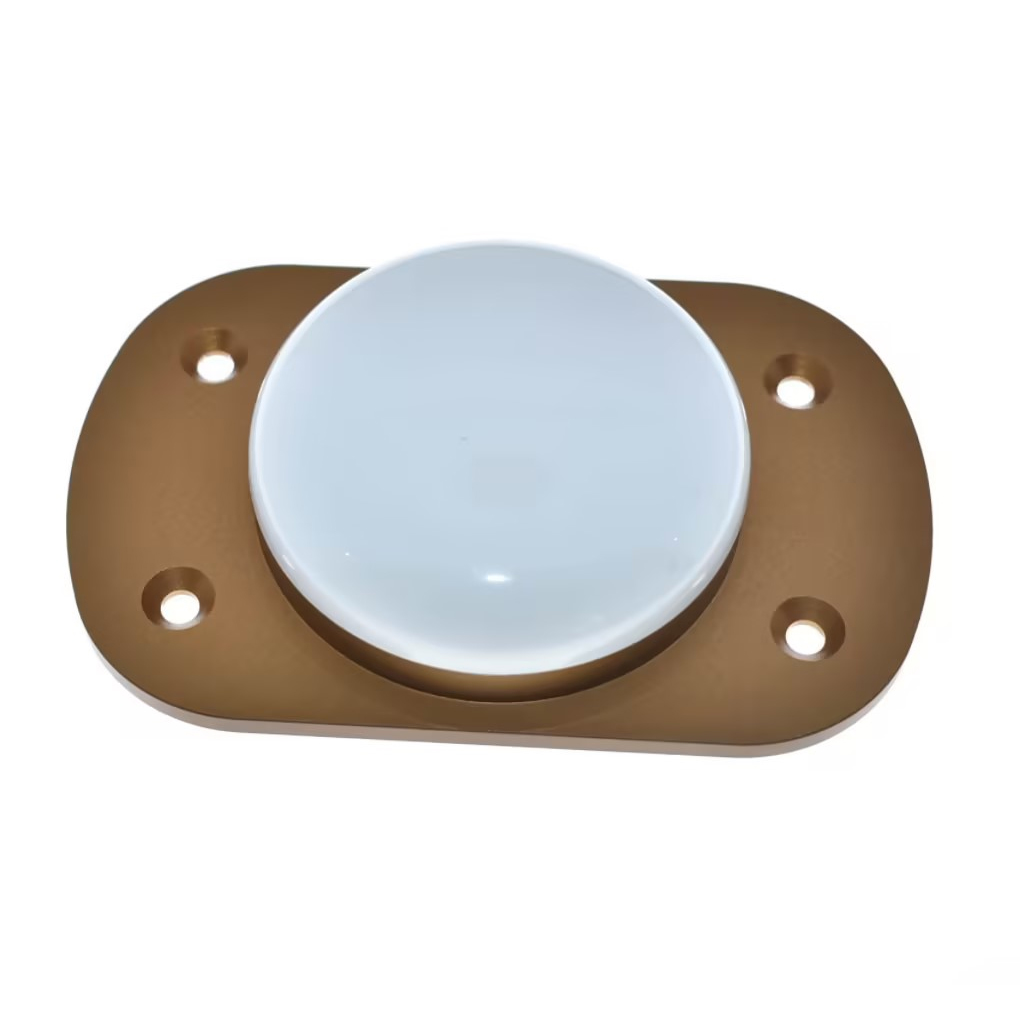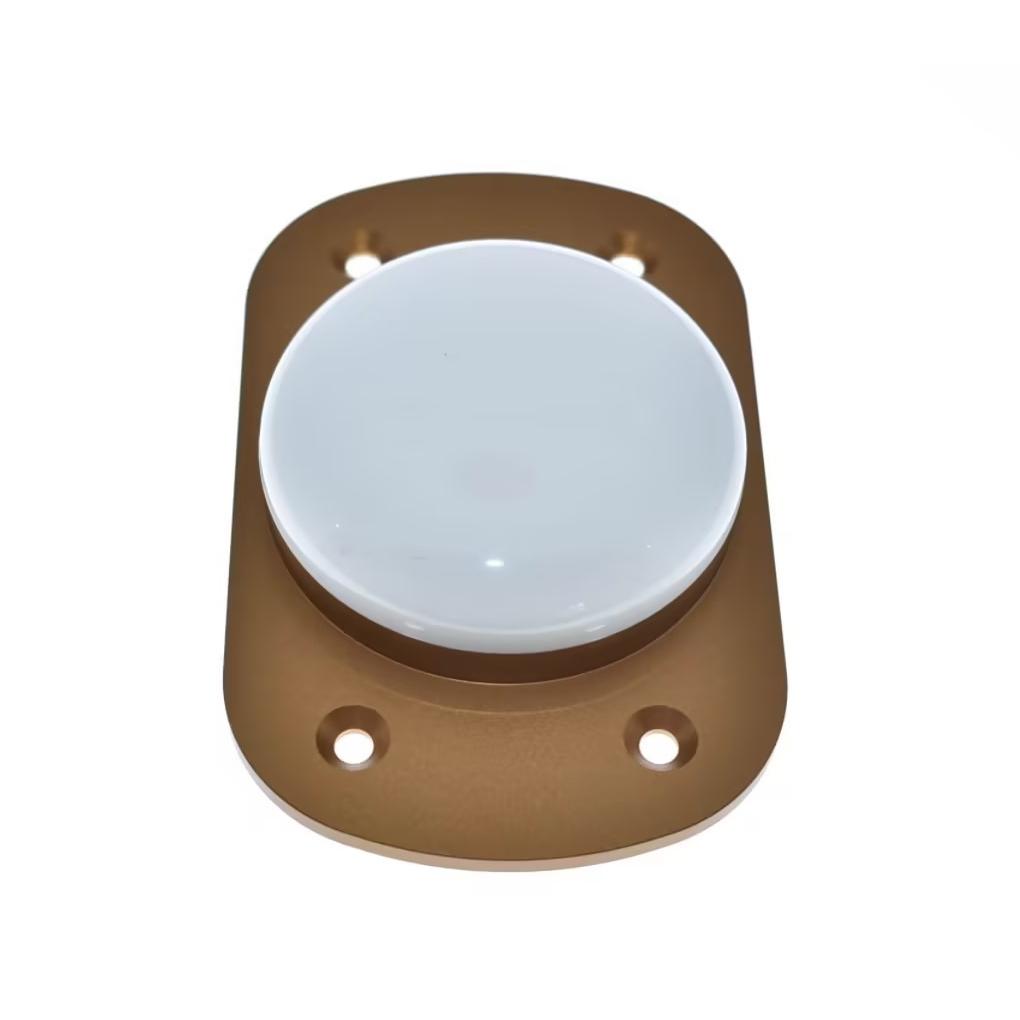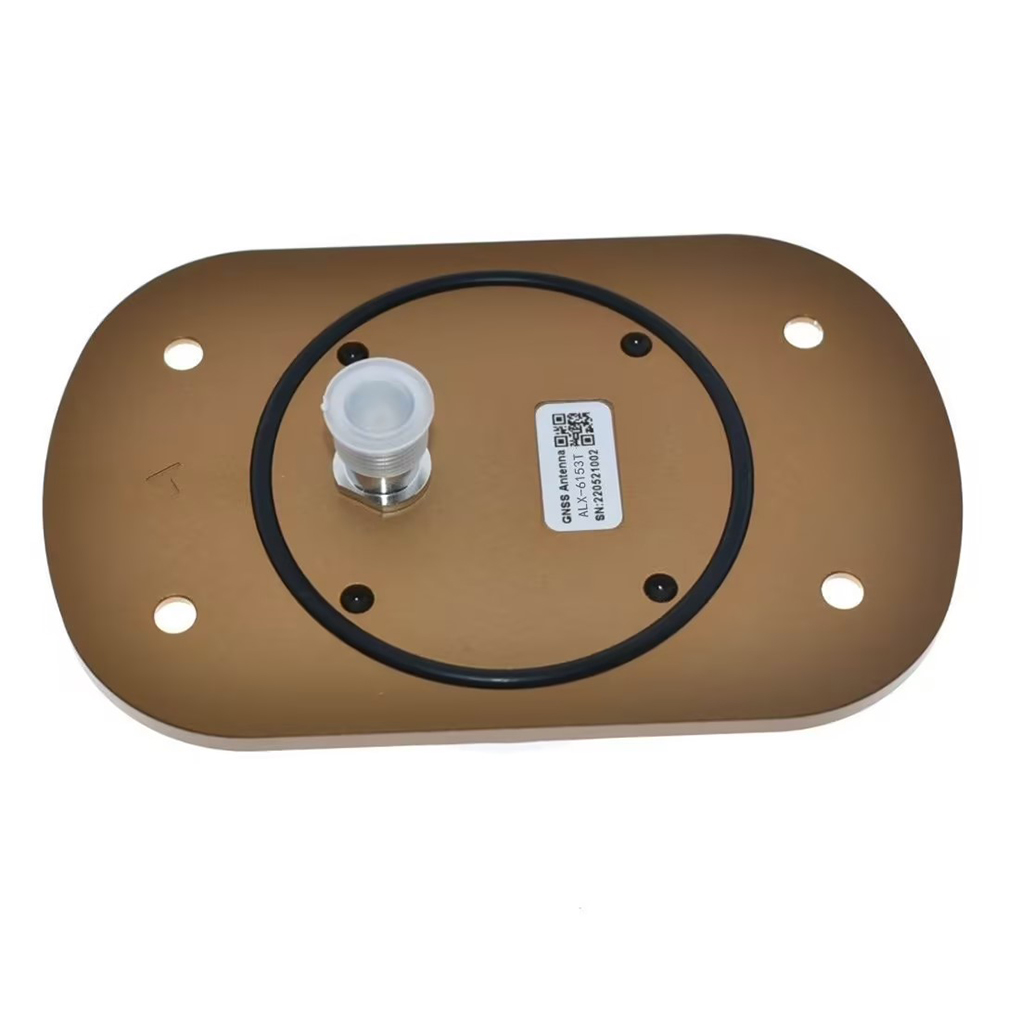Applications
RTK aviation antennas for UAVs have a vast range of applications across multiple industries. In the surveying and mapping industry, UAVs equipped with RTK antennas are used to create detailed topographic maps, cadastral maps, and 3D models. They can quickly and accurately survey large areas of land, reducing the time and cost associated with traditional surveying methods. The high - precision positioning provided by the antennas ensures that the survey data is highly reliable, which is essential for land development, urban planning, and infrastructure projects.
In the agriculture sector, these antennas play a crucial role in precision farming. UAVs with RTK - enabled antennas can be used for crop monitoring, where they can precisely map the health and growth of crops. By accurately positioning themselves, UAVs can apply fertilizers, pesticides, and water more efficiently, reducing waste and increasing crop yields. They can also be used for soil analysis, helping farmers make informed decisions about land management.
For infrastructure inspection, UAVs with RTK aviation antennas are invaluable. They can be used to inspect power lines, bridges, pipelines, and other critical infrastructure. The high - precision positioning allows UAVs to get close to the structures and capture high - resolution images and data, enabling early detection of potential issues and facilitating timely maintenance and repairs.
In the delivery industry, RTK - equipped UAVs are being explored for package delivery. The accurate positioning ensures that packages can be dropped at the intended locations, even in complex urban environments. This has the potential to revolutionize the last - mile delivery process, making it faster, more efficient, and more cost - effective.
Future Trends
Looking ahead, several future trends are expected to shape the development of RTK aviation antennas for UAV applications. One trend is the further miniaturization of these antennas. As technology advances, new materials and manufacturing techniques, such as nanotechnology and 3D printing, will be explored to reduce the size and weight of the antennas without sacrificing performance. This miniaturization will enable the integration of RTK antennas into smaller and more lightweight UAVs, expanding the range of applications and improving the UAV's flight performance.
The integration of artificial intelligence (AI) and machine learning (ML) algorithms with RTK aviation antennas is an emerging trend. AI and ML can be used to optimize the performance of the antennas in real - time. These algorithms can analyze the received signals, detect changes in the signal environment, and adjust the antenna's operation parameters, such as gain, filtering, and interference mitigation, to adapt to different conditions. For example, AI can be used to predict and mitigate the effects of ionospheric disturbances or multipath interference by analyzing historical data and current signal patterns.
Advancements in communication technologies, such as 5G and the Internet of Things (IoT), will also impact the design and use of RTK aviation antennas for UAVs. The development of 5G and other high - speed, low - latency communication networks will enable faster and more reliable transmission of RTK correction data. This will improve the overall performance of the positioning system, allowing for even more accurate positioning. RTK aviation antennas will need to be designed to take full advantage of these new communication technologies, enabling seamless integration with the UAV's communication systems and other IoT devices.
There is also a growing trend towards the development of multi - functional antennas. Future RTK aviation antennas for UAVs may integrate additional functions, such as wireless communication capabilities, sensor integration, or energy harvesting. For instance, an antenna could be designed to not only receive GNSS signals and correction data but also act as a Wi - Fi or 5G antenna for data transmission, reducing the number of antennas required on the UAV and saving space. Sensor integration could enable the antenna to gather environmental data, such as temperature, humidity, or air pressure, which can be useful for UAV mission planning and monitoring.
Conclusion
RTK aviation antennas have become an essential component for UAV applications, offering unparalleled accuracy and reliability in positioning. Their ability to combine GNSS signals with correction data from reference stations has transformed the capabilities of UAVs, enabling a wide range of applications across multiple industries and driving innovation in the UAV sector.
However, challenges such as cost, system complexity, and power consumption need to be addressed to further promote their widespread adoption. As technology continues to evolve, future trends such as miniaturization, the integration of AI and ML, advancements in communication technologies, and the development of multi - functional antennas offer great potential for enhancing the performance and capabilities of RTK aviation antennas for UAVs. By overcoming these challenges and embracing these trends, RTK aviation antennas will continue to play a pivotal role in shaping the future of UAV technology, enabling safer, more efficient, and more innovative UAV operations.




































































 Language
Language
 En
En Cn
Cn Korean
Korean

 Home >
Home > 







 18665803017 (Macro)
18665803017 (Macro)













